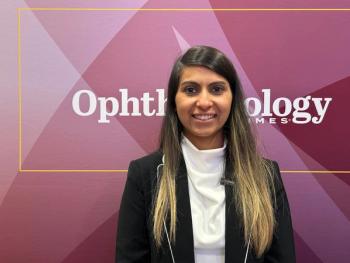
|Articles|April 30, 2006
Growth factors can help regulate corneal fibrosis and scarring
There are common molecular and cellular mechanisms in differenttissue types and key genes that regulate wound healing.Transforming growth factors (TGFB) and connective tissue growthfactor (CTGF) are important growth factors that interact in thesteps leading to scarring, according to George Schultz, PhD, whospoke at the annual meeting of the Association for Research inVision and Ophthalmology.
Advertisement
Newsletter
Don’t miss out—get Ophthalmology Times updates on the latest clinical advancements and expert interviews, straight to your inbox.
Advertisement
Latest CME
Advertisement
Advertisement
Trending on Ophthalmology Times - Clinical Insights for Eye Specialists
1
ONL Therapeutics reports positive phase 1b data for xelafaslatide in geographic atrophy
2
FDA feedback supports Azura’s Ophthalmic's planned NDA for AZR-MD-001 in MGD
3
Alcon raises offer in amended deal to acquire STAAR Surgical
4
Neurotrophic keratitis outcomes improve with early, stage-based care
5














































.png)


